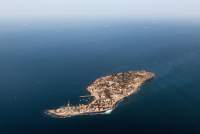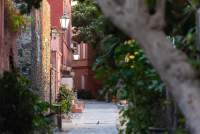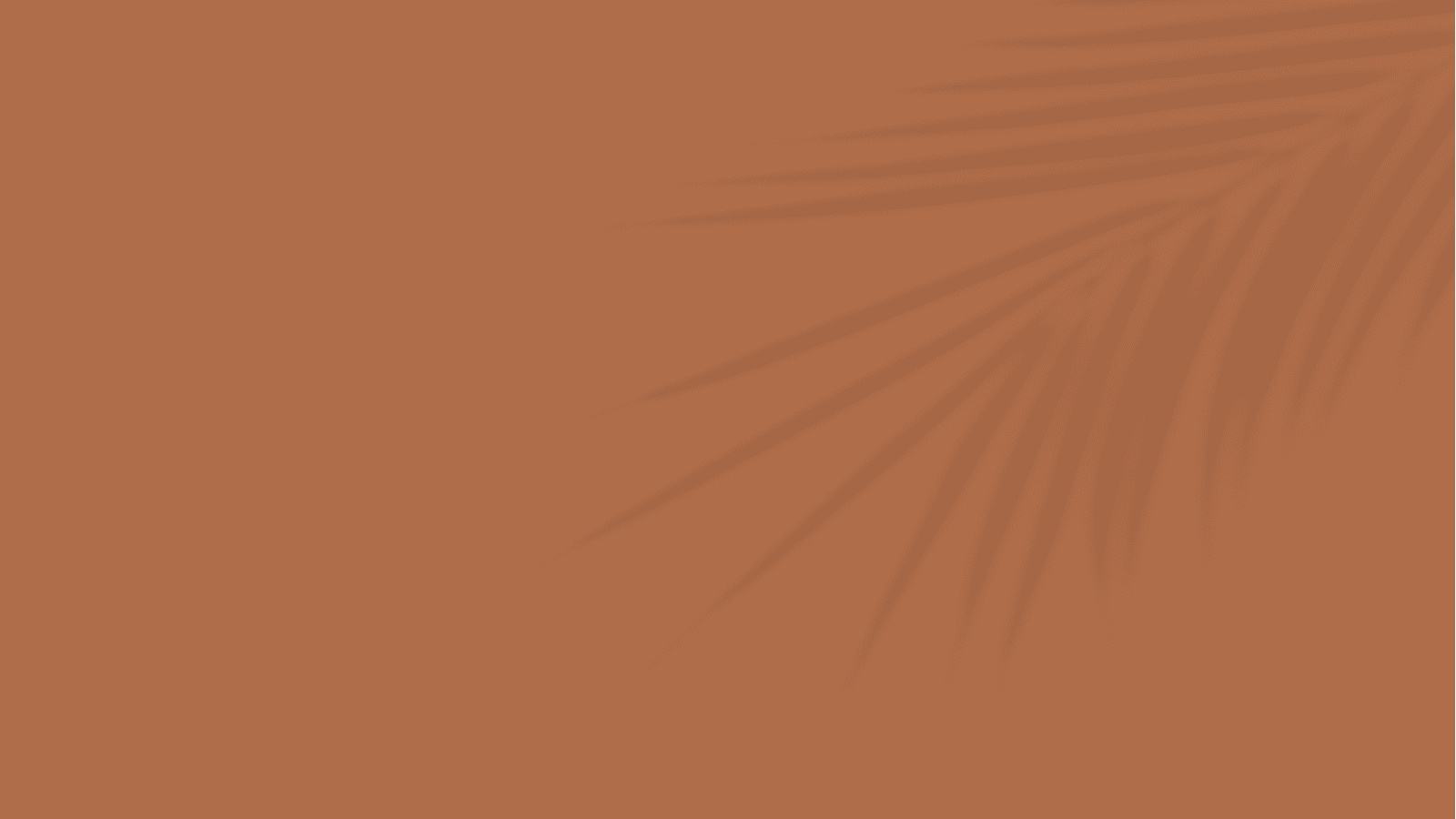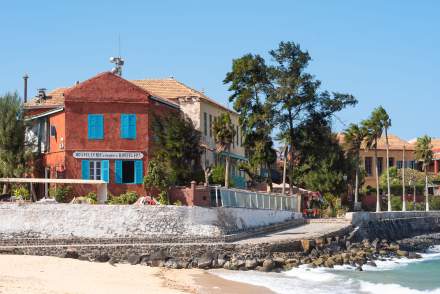
Gorée Island
Departure by private boat from the hotel, lunch on site (on request).
The island of Gorée is a must-see during your stay at the Hotel Terrou-Bi. Just 3.5 km off the coast of Dakar, the small 28-hectare island discovered in 1444 invites you on an enticing visit, an open-air history lesson, and the spirit of forgiveness and reconciliation.
Marked by an extremely painful past, the island of Gorée has been a Unesco World Heritage Site since 1978, as a living witness to a terrible page in the history of mankind: with its strategic position in the Atlantic Ocean as the most westerly point of Africa, Gorée was the largest center of the slave trade from the 15th to the 19th century.
Today, Gorée is a place of respect. The island evokes this past through its monuments, but it also offers a cultural offering open to the world and to the present. And its car-free streets exude a certain soothing serenity.

The House of Slaves on Gorée Island
The House of Slaves, located on rue Saint-Germain in the east of the island, is the emblematic monument to Gorée's slave-owning past. Built in 1776, this building housed slaves awaiting sale or death. It was one of the captivations of the Senegalese coast. Here, families were separated, locked away in tiny, unsanitary cells, as some embarked on a ship for the "voyage of no return". The eponymous door is still there... and the visit is both moving and memorable.
The Statue of the liberation from slavery, erected next to the House of Slaves and designed by Jean and Christian Moisa, celebrates the end of the slave trade and this dark page in our history.
After this pilgrimage-like visit, stroll through Gorée's flower-filled lanes. Admire the beautiful colonial houses and other buildings with a variety of architectural influences. Built in the late 18th and 19th centuries by slave traders, these elegant homes feature colourful facades and often a protected open gallery on the upper floor. It's a pleasure to lose oneself in these pleasantly atmospheric alleyways.
Some of the island's museums are housed in these colonial houses. The Musée de la Mer, built in 1835, houses a collection of 750 species of fish and 700 species of molluscs. A wonderful odyssey for young and old alike.
For a panoramic view of the island and the Atlantic Ocean, head for the Castel plateau, Gorée's highest point. Along the way, you can admire the works of local artists who have settled on the island.
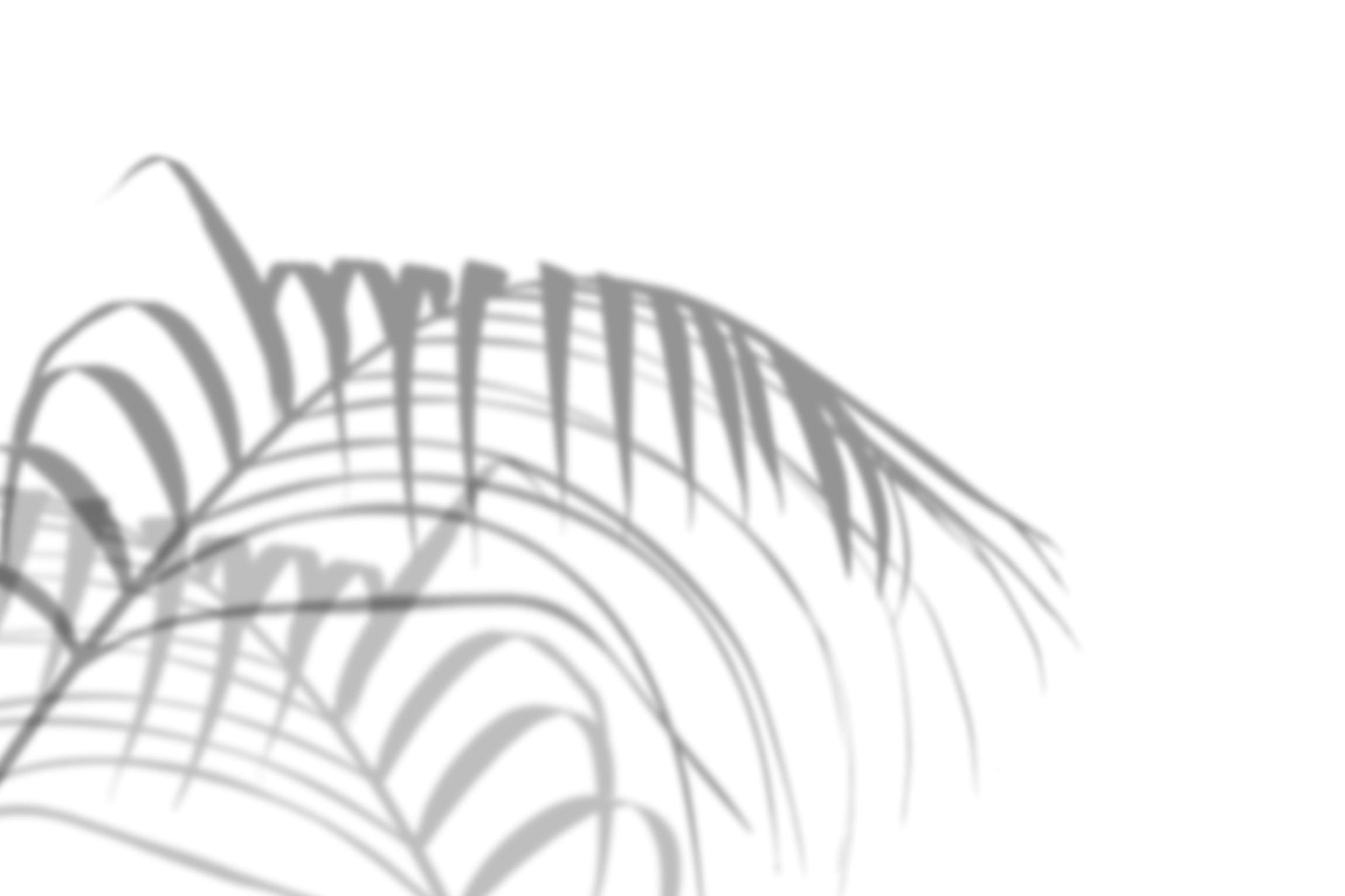
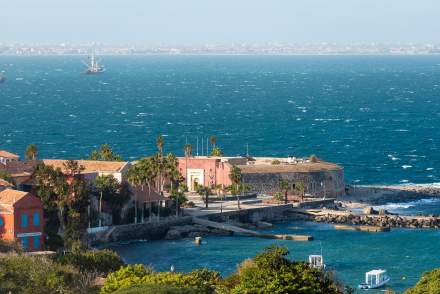
Museum on Gorée Island
The former Fort d'Estrées, then known as the Batterie du Nord, was built between 1852 and 1865 to protect the outskirts of Dakar. Now home to the Historical Museum of Senegal, part of the Institut fondamental d'Afrique noire (Ifan - Fundamental Institute of Black Africa), its 13 rooms will introduce you to the country's general history, from the Palaeolithic to independence. During your day trip, take the time to visit the Church of St. Charles Borromeo, with its wide doors and forecourt.
Beaches on Gorée Island
Make the most of your day on the island of Gorée to discover its charming little beaches, where swimming is safe. White sand, calm translucent waters... everything you need for a wonderful moment of relaxation. There's even a lovers' beach! On site, you can find a few snacks to nibble on, including plantain brochettes.
The Terrou-Bi hotel team will be happy to help you organize your day out on Gorée Island.
